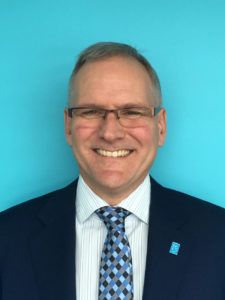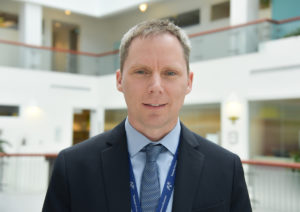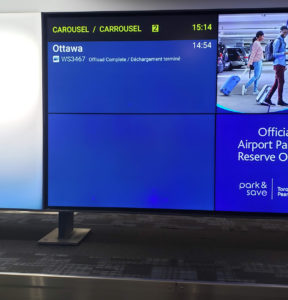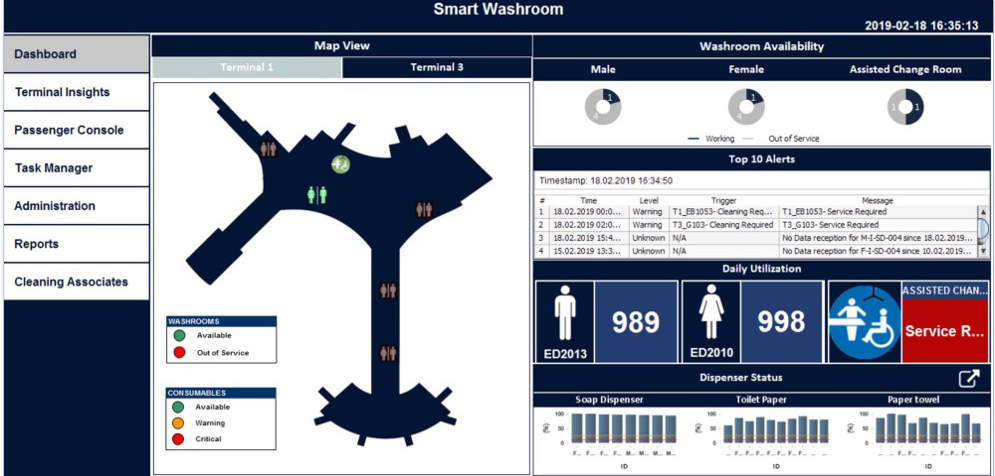Growing passenger numbers within the context of restricted space mean that airports have to come up with increasingly innovative solutions. Michael Brown and Michael Ross of Greater Toronto Airports Authority explain the importance of innovation and how to nurture it.
We create an innovation culture at the airport by encouraging proof of concepts (POCs), engaging a technology partner such as Wipro, encouraging innovation champions across all departments, ensuring our employees have exposure to industry conferences and industry forums, and aligning goals and objectives of staff to include innovation ideas/initiatives, to incentivize their performances.
We are attempting to shape a culture where we can learn from fast and inexpensive failures in a test environment. This helps ensure that a prototype has the greatest chance of success if we decide to implement it in a live environment.
Our innovation work is communicated to staff through our IT business relationship managers as well as through our Strategy and Growth department. We hold bi-weekly innovation brainstorming meetings within the IT department and the Strategy and Growth department holds monthly lightning-round brainstorms to develop opportunities based on insights and discussions with airlines and other teams. In the future, we plan to have more formal communication channels between the innovation team and the rest of the Toronto Pearson community.

Collaboration with other departments is critical because innovation is enterprise wide. We have several innovation themes and technologies that have applicability across departments and cross functional collaboration is key to leveraging the ideas and learning. We have also found benefit from collaborating with other airports to exchange ideas and learn from each other.
From drawing board to implementation
The first step in moving ideas from the drawing board to implementation is the design thinking processes. We then move on to proof of concepts and validate results against success criteria. If the results are positive, the lessons learned from the POC form the basis of a business case for implementation.
Our innovation labs have resulted in several passenger facing innovations, among them our new smart washrooms and baggage-delivery notifications to passengers.

For the smart washrooms project, we wanted to find a way to provide our cleaning services team with real-time information about washroom cleanliness. IoT sensors were added to track usage of washrooms, monitor consumables and send alerts based on predetermined thresholds. This has led to an improved passenger experience, with the redesigned smart washroom receiving the highest rating in terms of passenger satisfaction among all washrooms at the airport.
The baggage-delivery project was intended to reduce the anxiety of passengers as they wait for their bags. This was accomplished by providing updates on the status of items of baggage as they move through the baggage belts.
When it comes to encouraging innovation, we support our employees by giving them recognition and ownership in pilot programs. We encourage them to include goals and objectives relating to innovation in their performance management. One of the ideas recently put forward by a member of staff was autonomous wheelchairs – we are currently observing trials at a partner airport.
Other ideas suggested by staff include AI-enabled document search and the tracking of airside shuttle buses to provide an ETA to passengers.
 How to adopt a culture of innovation
How to adopt a culture of innovation
Firstly, we would recommend defining what innovation means to your airport. Then get the involvement of business stakeholders, to ensure that any innovation is relevant to the business and delivers value – gaining executive commitment to innovation is critical to ensuring momentum is not lost.
It is also essential that you have the right partnerships in place so that the airport can focus on the core business and leverage partners for assistance when required.
Finally, encourage the sharing of success stories – this will help build a culture of innovation in a sustainable, organic way.
Michael Brown is director, IT Project Management Office, and Michael Ross is director, long-range strategy, at Greater Toronto Airports Authority.


